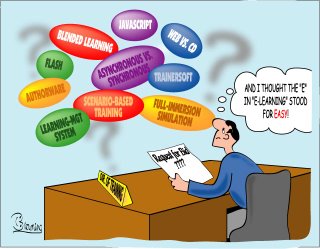Book Review Day Four
Understanding the use of tone was the topic of my reading for today. Collison and company remind the facilitator that as we write text we may be smiling and words seem funny as you write but they may not be received with the same tone, except when you add an emoticon or some additional wording that takes the place of visual cues. It is clear that a positive tone helps build community and adds pleasure to the readers of your posts.
Tones are described as nurturing, curious, humorous, analytical, imaginative, informal, neutral, and whimsical. Whimsical, humorous, and imaginative are presented as the most inspired of tones. I am going to attempt to give you an inspired post that is humorous in its tone.
 A reminder by the authors is to leave out tones that are sarcastic, threatening, and those that play the devil’s advocate. Variety will add appeal for your readers, and thus make you a more effective moderator.
A reminder by the authors is to leave out tones that are sarcastic, threatening, and those that play the devil’s advocate. Variety will add appeal for your readers, and thus make you a more effective moderator.
Beyond voice and voice the final framework for communication online are modes of critical thinking strategies. They are strategies that sharpen the focus of the dialogue and strategies that help participants dig deeper into the dialogue.
There are three sharpening the focus strategies:
Identifying direction
Sorting ideas for relevance
Focusing on key points
There are three deepening the dialogue strategies:
Full-spectrum questioning
Making connections
Honoring multiple perspectives
One of the strengths of this book is the clear examples of terminology and concepts presented in each chapter. Multiple posts are shared from the authors' practice that identifying voice, tone and strategy of the facilitator in posts to their students. The most helpful part of these examples is the explanation of the purpose served when a combination is used. These are new ideas to put in your bag of tricks…methods. By having options—including those you know work for specific results, you can be more effective and efficient.

1 Comments:
Throughout my experience with asynchronous communication I too have found that tone and intent are often misinterpreted. Because of that I have developed a system where I can insert an avatar of myself which indicates the tone with which the message was intended. This way there is no ambiguity. If you want to see some of my avatars you can check them out her:
http://www.uvsc.edu/disted/php/webct/avatars/krutsch_avatars.gif
John
Post a Comment
<< Home